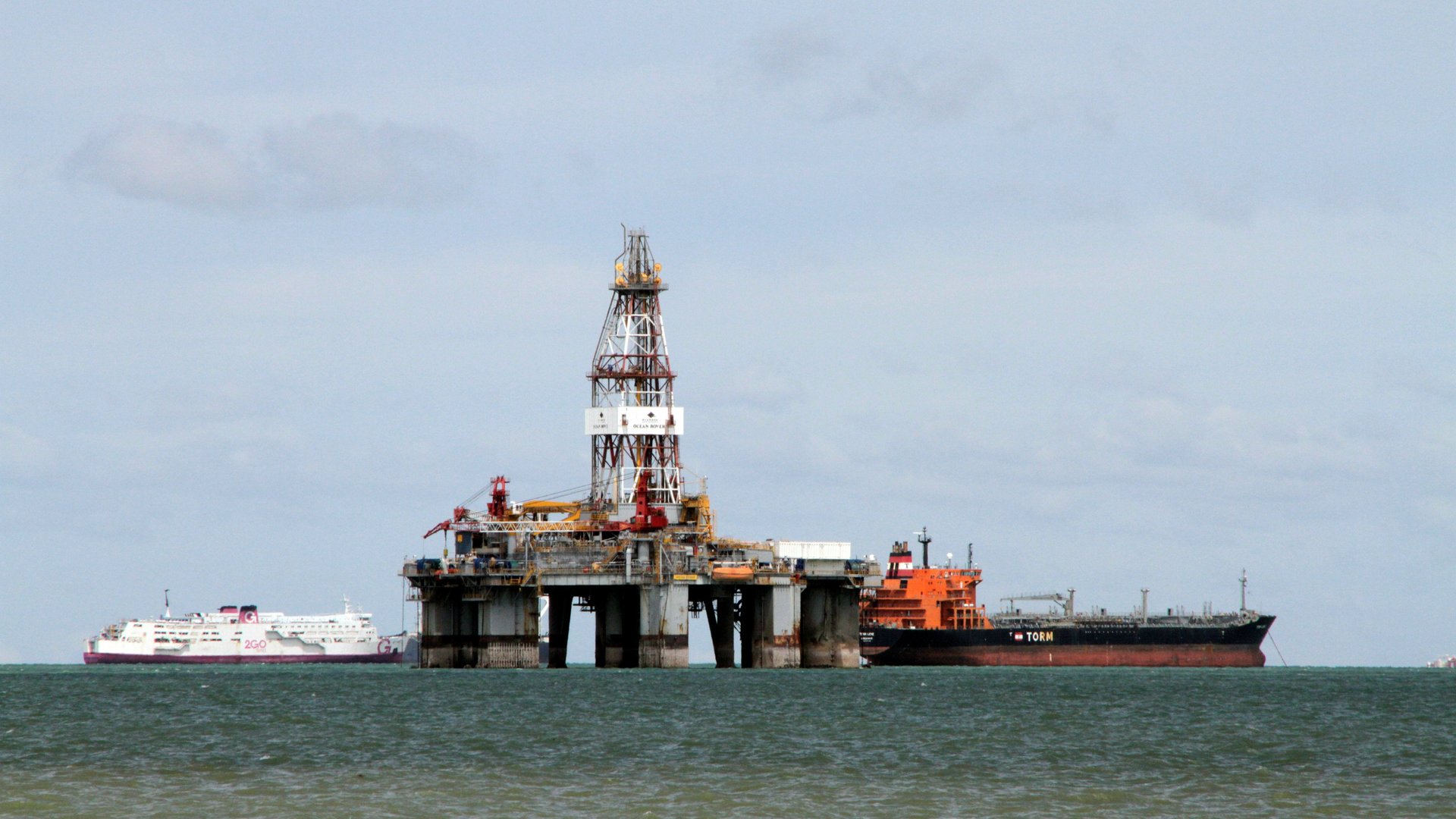Oil prices have climbed to a two-year high on OPEC’s cuts, China’s stockpiles, and Turkey’s threats
In the past three months, the price of Brent crude oil—the international benchmark—has steadily climbed by almost 30%, reaching nearly $60 a barrel this week.


In the past three months, the price of Brent crude oil—the international benchmark—has steadily climbed by almost 30%, reaching nearly $60 a barrel this week.
It’s good news for an industry that suffered from three years of oversupply and the effects of a wrenching price collapse, from more than $100 a barrel in mid-2014 to below $40 by the end of 2015. Over this time, the travails of petrostates led oil cartel OPEC and other oil-producing countries to eventually agree to do something about the supply glut. This recent price jump suggests these efforts to rebalance the oil industry by cutting production through early 2018 are working.
Other signs there could be a restriction in oil supplies has also been pushing up prices. On Monday, Brent prices reached their highest level since July 2015, after Turkey’s president Recep Tayyip Erdogan threatened to cut off oil flows from Iraq’s Kurdistan region in retaliation to the Kurdish independence referendum held there. Turkey’s port of Ceyhan pumps more than 500,000 barrels per day sourced from the northern Iraqi region to foreign markets. “We have the tap,” Erdogan said. “The moment we close the tap, then it’s done.”
Citigroup says that there’s more likely to be a persistent shortage of oil than a big jump in supply in the coming quarters. Ed Morse, global head of commodities at the bank, told Bloomberg that several OPEC countries—Libya, Nigeria, Venezuela, Iran, and Iraq—might already be pumping at their maximum capacity. Thanks to weak investment in exploration and development, there’s a risk of a market squeeze early next year.
The gains in oil prices are also being propelled by China, which is building up its reserves. China is on pace to overtake the US as the world’s biggest oil importer this year, taking in more than 8 million barrels a day. OPEC secretary-general Mohammed Barkindo said this week that crude exports from the Middle East to Asian markets were expected to increase by 7.5 million barrels a day between 2016 and 2040, to 22 million barrels.
Meanwhile, there is an interesting wrinkle appearing in global oil markets: the price of Brent crude and West Texas Intermediate, the US benchmark, are diverging. At the time of writing, WTI was priced at $52.20 per barrel, compared with $58.84 for Brent. The former suggests there is still an oversupply, the latter that stocks are tight.
In the short term, much of the difference can be explained by the effects of hurricanes Harvey and Irma, which disrupted oil refineries and transportation along the US Gulf Coast. Harvey forced nearly 25% of US refining capacity to be closed, along with half a dozen ports and pipelines, according to Reuters, which cut off access to crude, leaving supply untouched, and lowering prices. This comes amid broader forecasts for bumper US oil supplies. Shale producers took advantage of rising prices spurred by OPEC cuts to produce more themselves: the US Energy Information Administration forecasts crude production to reach more 10 million barrels a day next year, from 9.3 million so far this year. If this keeps US oil prices relatively low, analysts say it could encourage more exports, which could lift prices for American crude closer to what it trades for on international markets.